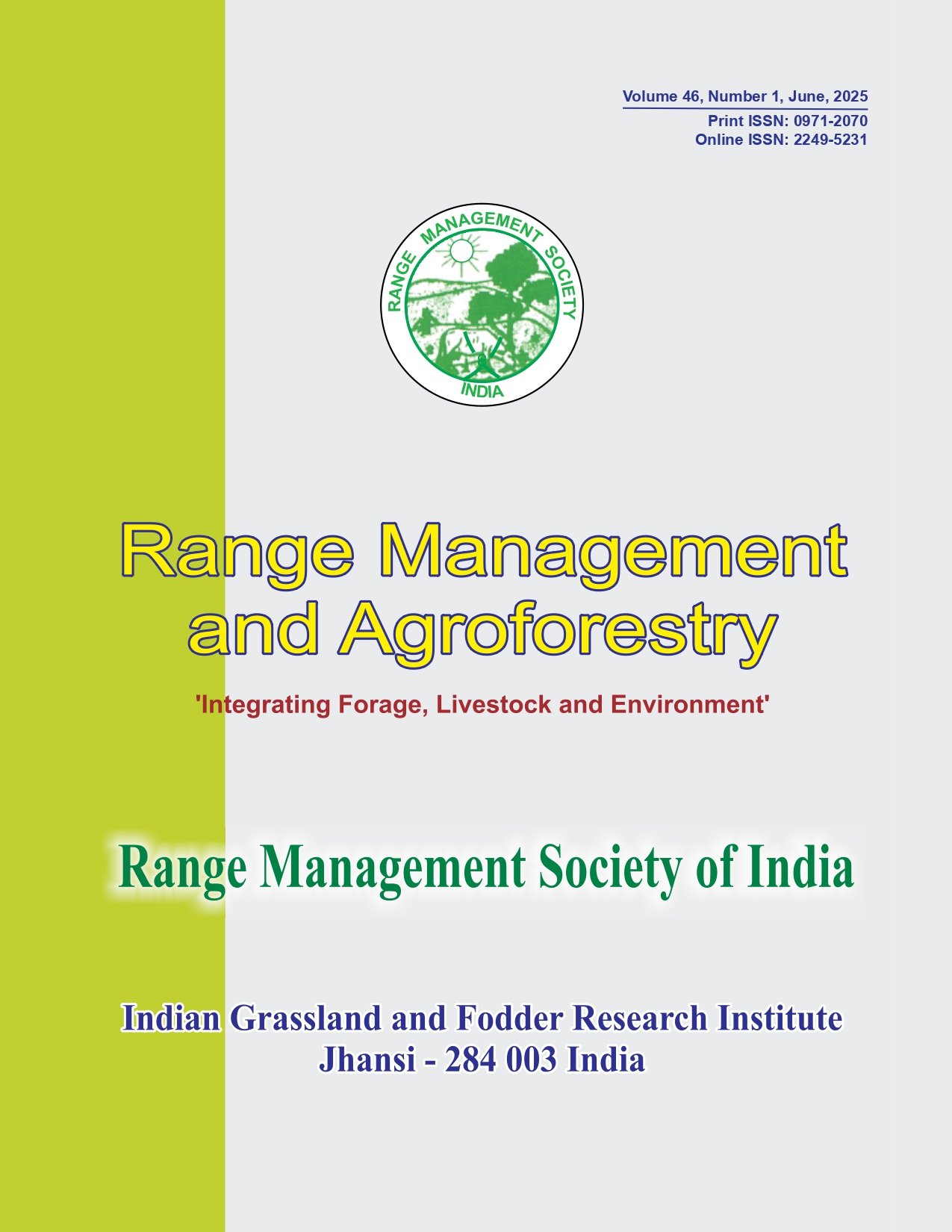Effect of anhydrous ammonia gas treatment of low-quality cereal straws on chemical composition and in vitro ruminal fermentation
Keywords:
Ammoniation, Cereal straws, Chemical composition, In vitro fermentation, RuminantsAbstract
This study investigated the effect of treating maize, wheat and oats straws with anhydrous ammonia gas (AAG) on chemical composition and in vitro ruminal fermentation. Three cereal straws were ammoniated at a rate of 0, 2.5, 3.5, 4.5 and 5.5% in an environmentally controlled room. Untreated straws had lower (P<0.05) CP content than the ammoniated straws. Wheat straws had the least CP content (P<0.05) than oats and maize straws. Untreated maize and wheat straws had the highest NDF content (P<0.05) than the treated straws. Wheat straws had the highest (P<0.05) ADF and ADL content followed by oats straws and the lowest was from maize straws. Maize straws had the highest concentrations of phosphorus, magnesium and zinc, whereas oats straws had the highest manganese content. Maize produced the highest (P<0.05) rate of gas (40.6 ml/h OM) at 12 h post-inoculation followed by wheat (29.0 ml/h OM) and lastly oats (23.7 ml/h OM). Maize straws had higher (P<0.05) cumulative gas production and Egas than oats straws. Maize straws had the highest fraction c and the longest lag time (P<0.05) compared to oats and wheat straws. In conclusion, anhydrous ammonia gas treatment improved the proximate constituents of cereal straws but not their mineral content and in vitro ruminal fermentation parameters. Maize straws had high mineral composition and fermentability than the other straws.




